Salt - Friend or Foe
Herbal Finishing Salts
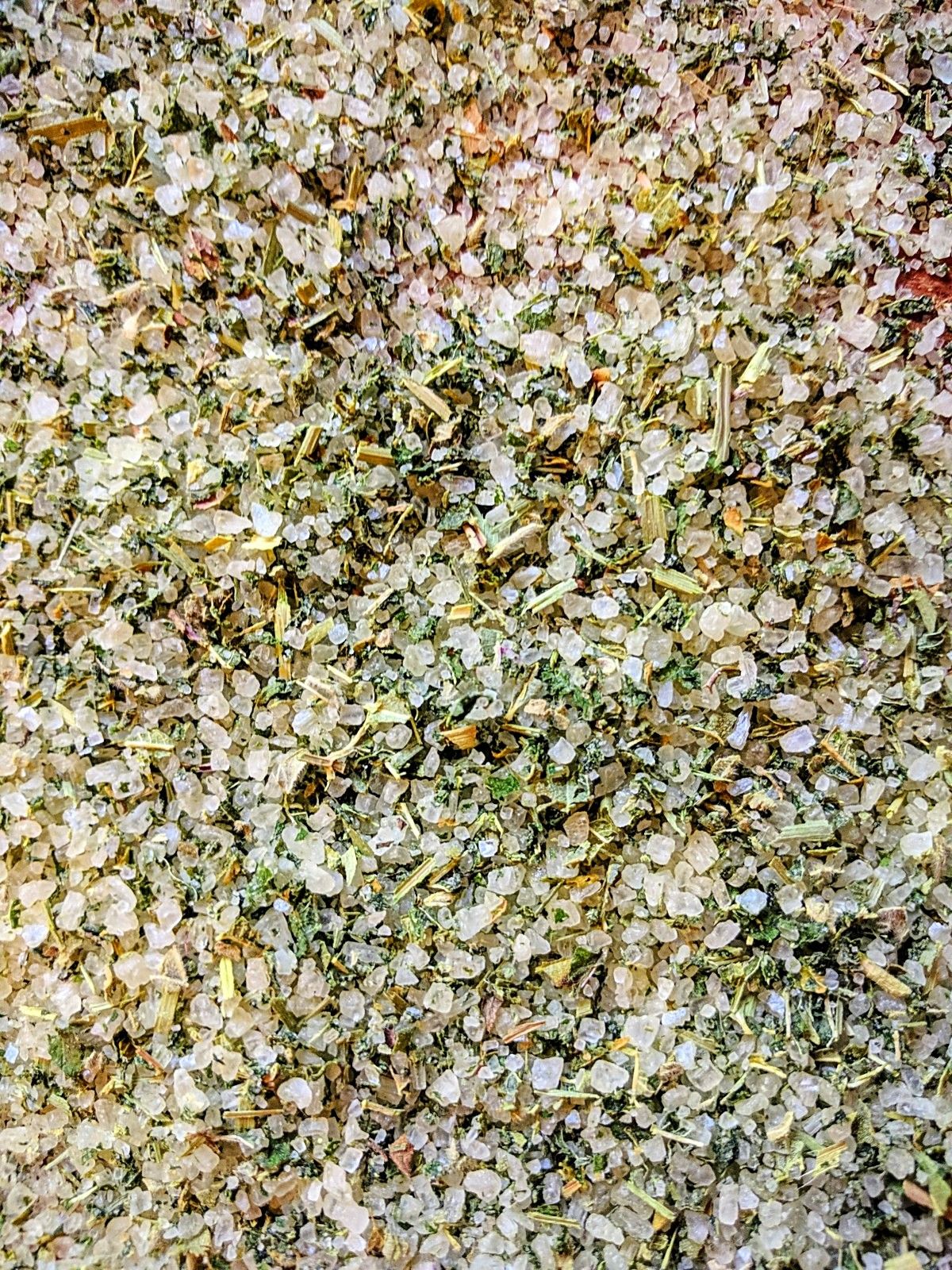 Every cell in our body needs salt - sodium chloride. Our bodies rely on salt to keep good bone density, proper circulation and stabilized blood sugar levels. The adrenal glands and neurotransmitters in the brain need an ample supply of mineral salts in order to function properly. If you find yourself looking for salty food, most likely you are lacking the right type of sodium in your body. The question is: What is the right type of sodium, and is table salt beneficial or harmful to the body?
Every cell in our body needs salt - sodium chloride. Our bodies rely on salt to keep good bone density, proper circulation and stabilized blood sugar levels. The adrenal glands and neurotransmitters in the brain need an ample supply of mineral salts in order to function properly. If you find yourself looking for salty food, most likely you are lacking the right type of sodium in your body. The question is: What is the right type of sodium, and is table salt beneficial or harmful to the body?
Table salt
Table salt is created by taking natural salt or crude oil flake leftovers (industrial waste), and cooking it at 1200° Fahrenheit. This causes the salt to lose a majority of the naturally occurring elements within the salts. It is important to notice that natural salt is not usually white and that most table salt has been colored white with bleach. In addition to bleach, most iodized salts have synthetic chemicals added to them, derived from manufactured forms of iodide, sodium bicarbonate, fluoride, anti-caking agents, toxic amounts of potassium iodide and aluminium derivatives.
These additives make most table salt not only unhealthy, but often toxic as well. The chemicals in table salt weigh heavily on a most likely already toxic liver, causing the heart to pump even harder to extract blood from the liver, resulting in an elevation in blood pressure. This is just one possible complication caused by ingesting processed salt.
Sea salt
Sea salt is a general term that refers to salt derived from the sea. Real sea salt should be unprocessed, grayish in color, and a little moist. If your “sea salt” is white, dry and powdery, it’s not a type of sea salt you want to use.
Atlantic sea salt
A good quality Atlantic sea salt will have a coarse texture with a grayish color, containing beneficial live elements found in sea water, and should be free of chemicals, preservatives or other additives.
Celtic sea salt is an example of high quality Atlantic sea salt, as that it is hand harvested using traditional Celtic methods, which involves working and collecting the salt entirely by hand, using only wooden tools.
Himalayan salt
Himalayan salt, as the name suggests, is from the Himalayas. This type of salt is mostly mined from the Khewra Salt Mine in Pakistan and is thought to be the purest form of salt, protected from pollution for millions of years. Himalayan salt has a red to pinkish color is due to its iron oxide content, and contains additional elements that come from the earth.
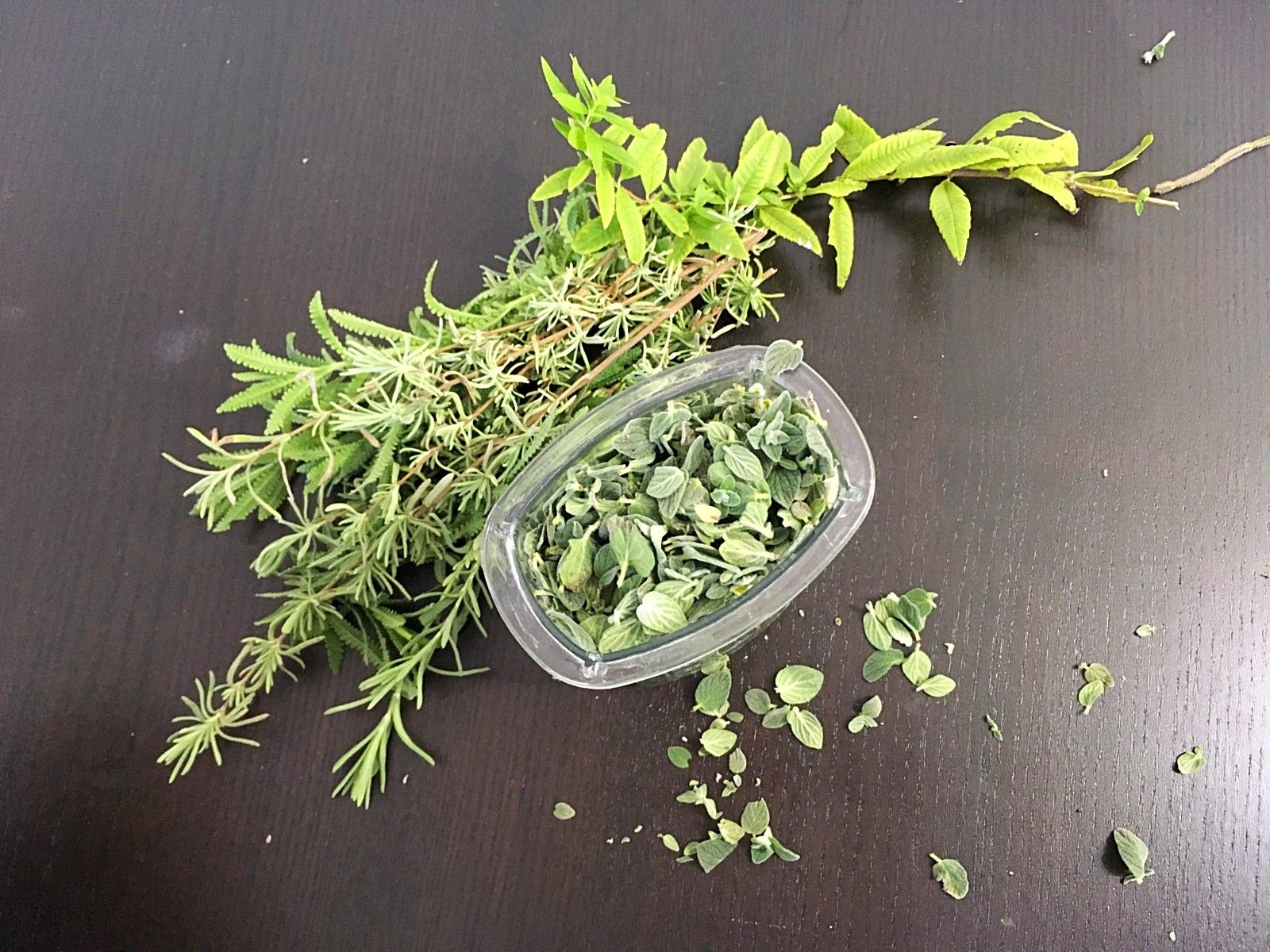
What type of sodium is best?
Both Atlantic sea salt and Himalayan salt are mostly made up of sodium chloride and contain traces of minerals and elements, often believed to be vital to our existence. However, it is important to note that the type of naturally occurring sodium, minerals and elements we really need, is actually found in mineral rich foods such as celery, spinach, green leafy vegetables and lemons. This doesn’t mean we should stop consuming good quality salt; however, it is important we remember to support the body with the mineral rich foods it needs.
Herbal Finishing Salts
Salt has been used as a natural preservative since ancient times and has been primarily used to preserve fish and meat. Salt helps dehydrate microbes through the process of osmosis and halts the growth of bacteria, keeping food fresh longer. Salt also combats yeast and molds, making it the perfect medium when looking to preserve the wonderful quality of herbs.
When unprocessed natural salt is combined with fresh herbs, citrus rind or other foods - the salt absorbs the medicinal qualities of the herbs and foods, creating a wonderful herbal salty taste that enhances any dish. This type of salt is called a finishing salt and is traditionally added to food right before serving, thus making the most of the beneficial qualities of the herbs; however, these salts are also perfect for adding to marinades and dressings, or rubbed into meats and seafood before roasting, grilling or pan-frying. An added benefit of finishing salt is that a little bit goes a long way, helping to reduce the total amount of salt in your diet.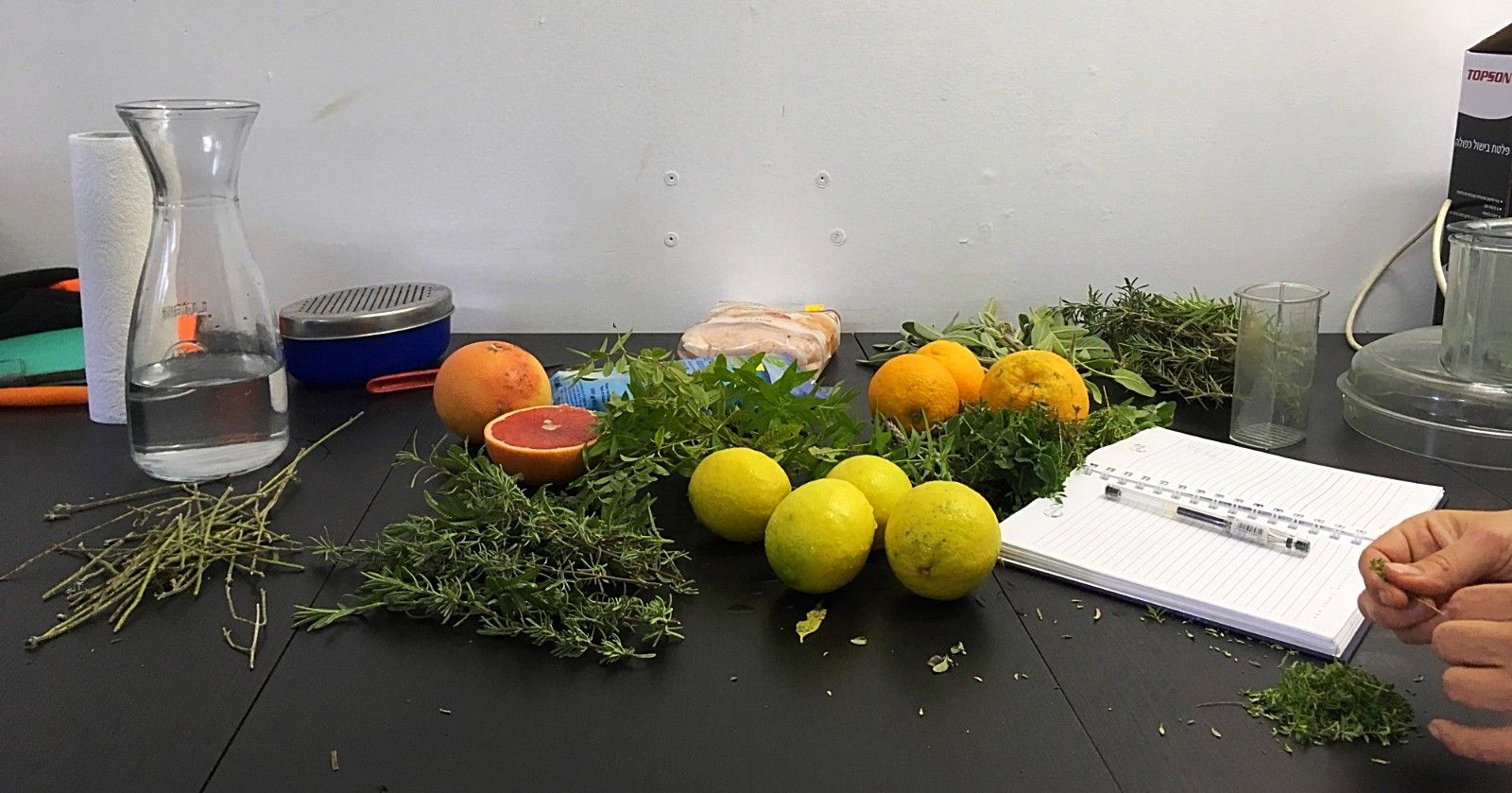
Making Herbal Finishing Salts:
The sky's the limit when blending your own herbal salts! These salts can be seasonally adapted, concocted specifically to improve digestion, enhance the immune system, or composed of herbs that have specific culinary uses - creating a delightful alchemy between earth and sea, plant and mineral.
We have mentioned only a few of the varieties of salt available. Additional high quality salts you may like to work with include volcanic Hawaiian sea salt, Icelandic lava salt, or Kala Namak salt from India, Nepal, Bangladesh and Pakistan. Kala Namak has a distinctive sulfurous taste, much like a hard-boiled egg yolk, adding a whole new dimension to vegan foods. Kala Namak can be manufactured synthetically, so be careful not to buy the synthetic version.
How to Prepare Herbal Finishing Salts
- Decide what type of salt you want to use
- Assemble your fresh herbs and spices. De-stem and chop if necessary.
- For every cup of salt, combine 1 cup of herbs. If you prefer a higher herb ratio, that is great - just be sure to give it more time to dry. It is best to use fresh herbs so that the aromatic oils can be infused within the salt.
- Blend the salt and herbs together in a food processor or a spice grinder until you receive a fine consistency.
- Spread the herb/salt mixture on a baking sheet, and place in an area with good airflow for 2-4 days, stirring occasionally to break-up any clumps that may form.
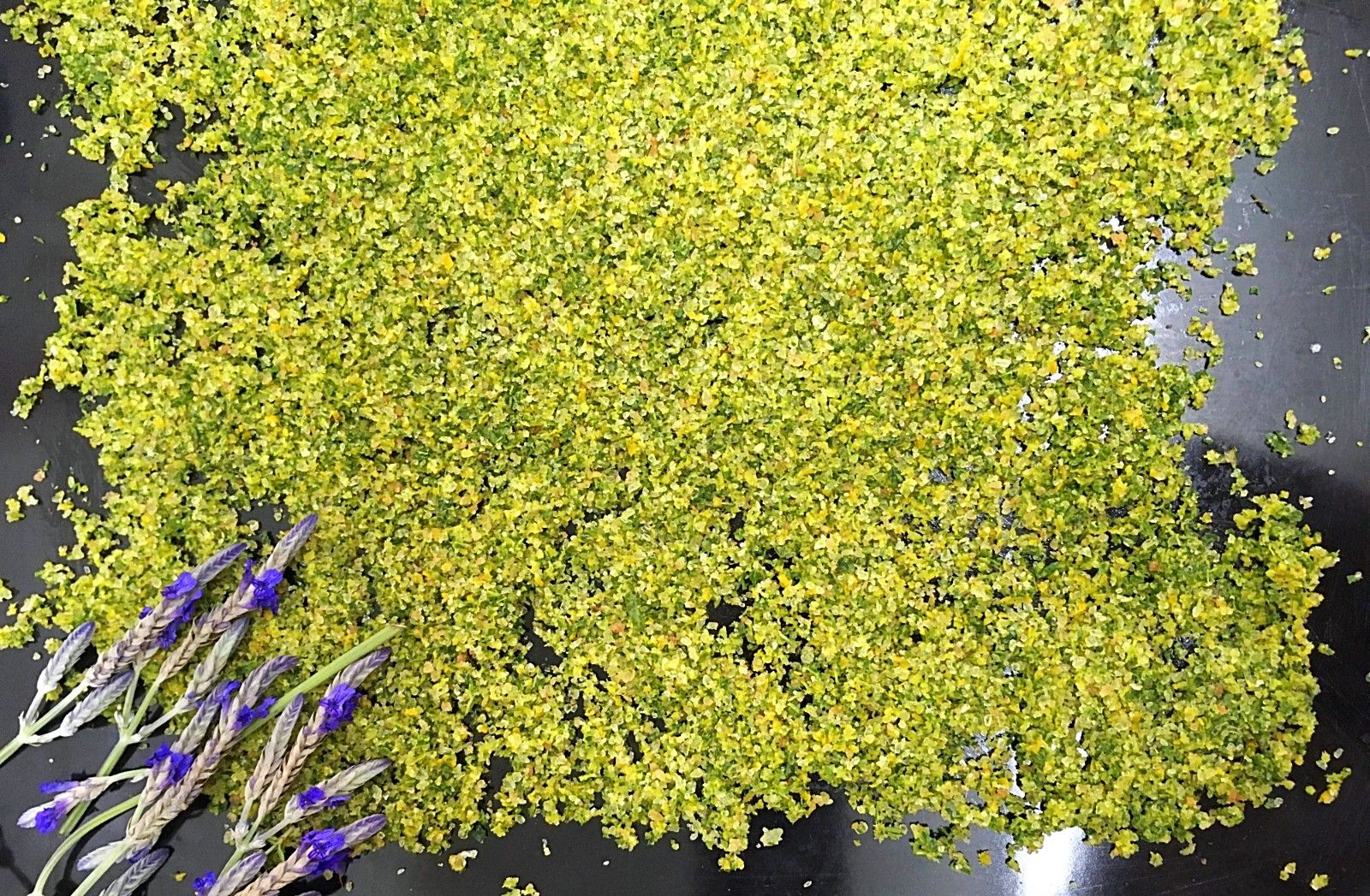
If you decide to use dried herbs, you can skip the drying step entirely. Dried herbs are more concentrated than fresh, so you will need a less herbs than the recipe calls for.
If you are pressed for time and want to use the salt the same day, the mixture can be baked on the lowest setting possible, for 2-4 hours. Be sure to leave the door of the oven open, to prevent moisture from accumulating. This method will evaporate some of the essential oils within the herbs, decreasing the aroma and flavor.
- After the blend is thoroughly dry, store in an airtight glass container.
These herbal blends are truly salty, so remember to use less salt than usual.
We’d like to share with you some of our favorite blends:
Respiratory Salts:
This combination of herbs supports the respiratory system and enhances the immune system as well as the soul - thanks to its great taste and beauty. This combination is a great addition to pasta sauce, baked vegetables, added to a dip or added to olive oil and lemon juice for a salad dressing.
- 1 cup of Himalayan salt
- 1 cup of chopped fresh thyme, rosemary, sage and oregano (basil can also be added to give it a more Italian flare)
- Blend and dry as explained above
Lemon Zest Salt:
This is Judy’s “happy salt”. Something about this combination awakens a smile every time, while adding a special “twist” to any dish… What more can one ask for?
- 1 cup of Atlantic sea salt
- ½ of lemon verbena
- 2 tablespoons of grated orange zest
- 2 tablespoons of lemon zest
- Blend and dry as above
Stinging Nettle Salt:
This combination is particularly rich in iron, thanks to the nettle leaves, while also incorporating immune enhancing herbs. Nettle leaves are a supreme blood builder and nourishing tonic thanks to their high iron and mineral content. Nettles are considered one of the best herbs to take daily when feeling tired or depleted. For more on nettles go to Wild Foods - Stinging Nettles.
I prefer to concoct this salt during nettle season to ge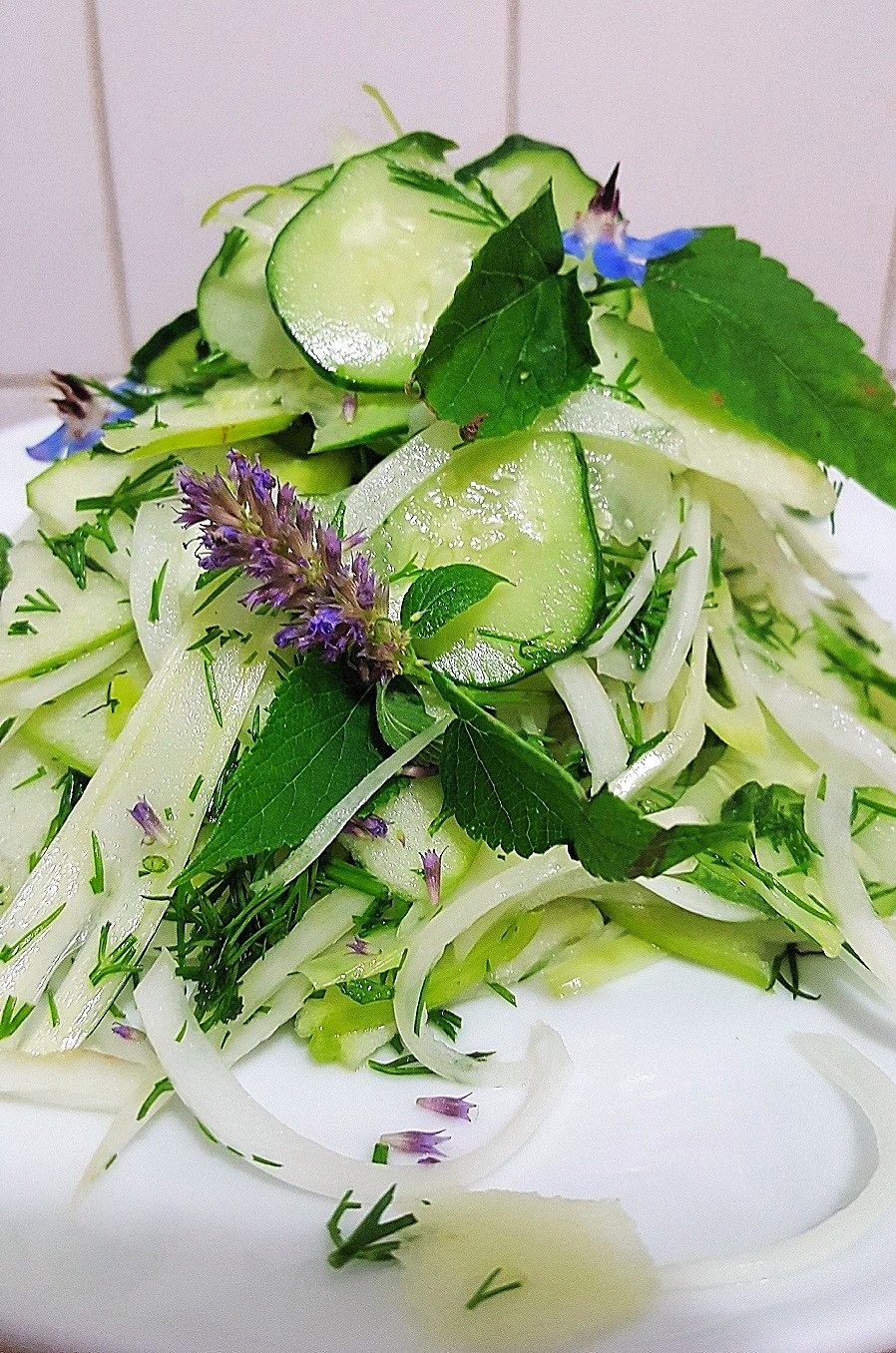 t the most out of the nutrients found in fresh nettles. When foraging wild foods, be sure to stay clear of roadsides and areas that may have been sprayed with herbicides or pesticides. Nettle stings contain formic acid, histamine and other chemicals, which can create an unpleasant sting when fresh. Make sure to use gloves when collecting nettles and let the stems and leaves “sit” a bit before handling them, to let the stinging qualities subside.
t the most out of the nutrients found in fresh nettles. When foraging wild foods, be sure to stay clear of roadsides and areas that may have been sprayed with herbicides or pesticides. Nettle stings contain formic acid, histamine and other chemicals, which can create an unpleasant sting when fresh. Make sure to use gloves when collecting nettles and let the stems and leaves “sit” a bit before handling them, to let the stinging qualities subside.
- 1 cup of Himalayan salt
- ½ cup of nettle leaves (when out of season, parsley is a good substitute)
- ⅓-½ a cup of rosemary/thyme/oregano
- 2 tablespoons of orange zest
- Blend and dry as above
These are just a few of our favorites. Other possible combinations are peppermint, lemon balm, lavender, and lemon zest for a cooling summer salad - or clove, anise, cinnamon, and fresh ginger root for a winter stew.
The possibilities are endless. Go forth and enjoy :)
Beth and Judy Zeira
Infomation in this article was taken from:
